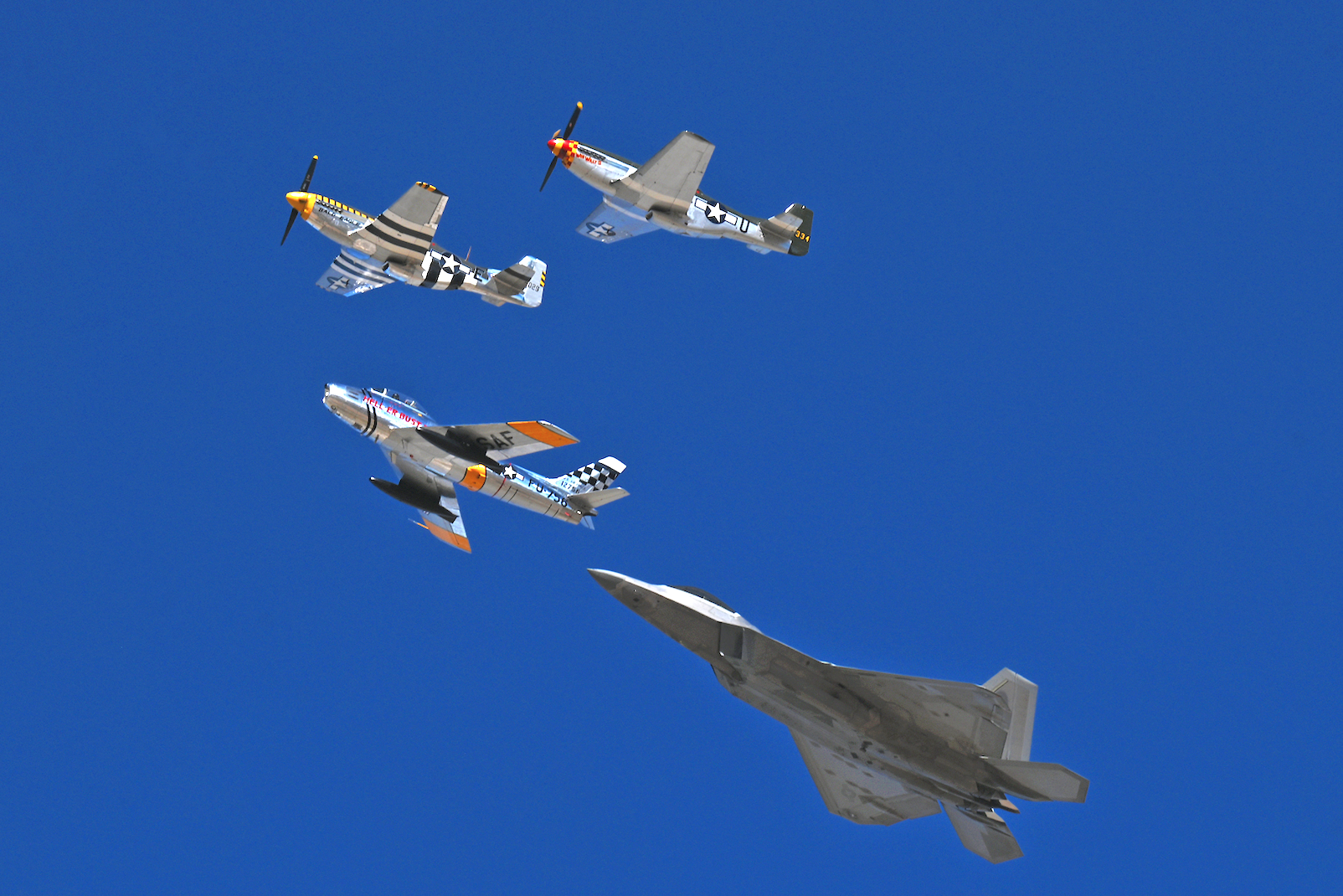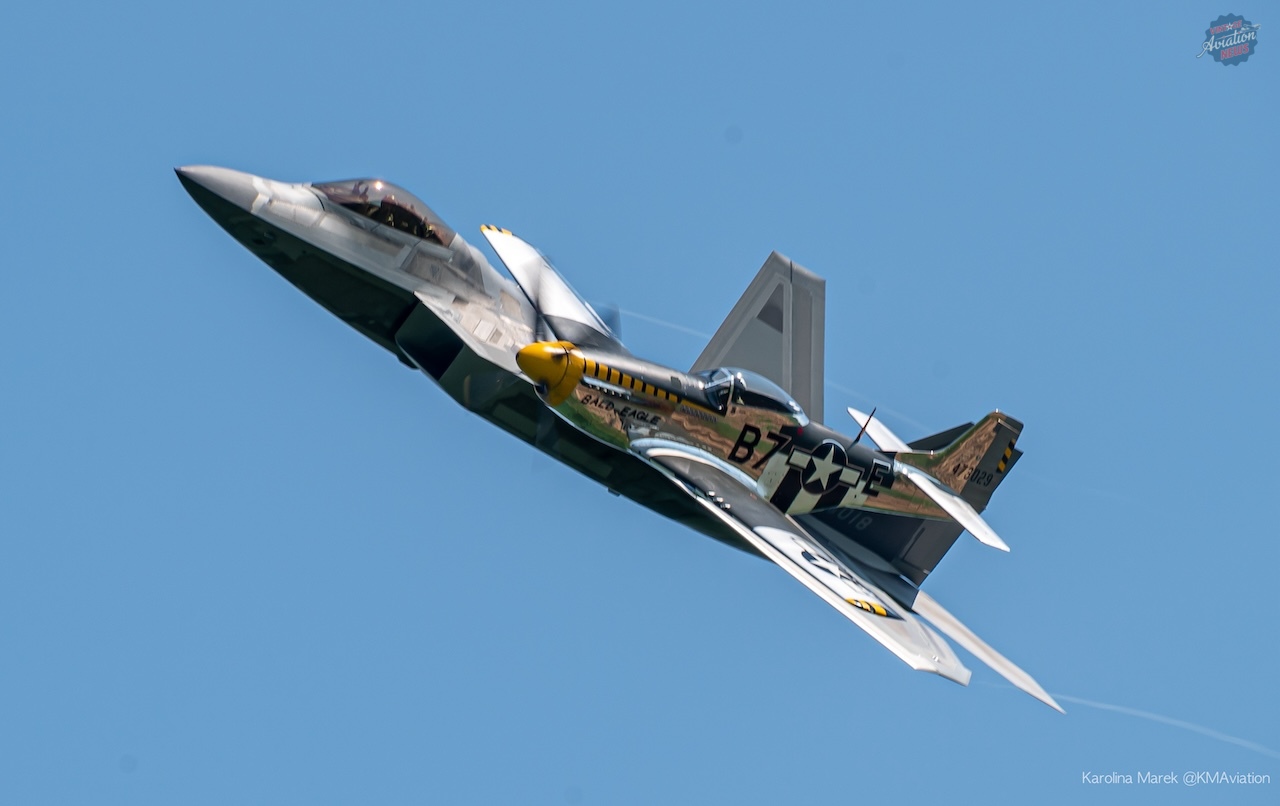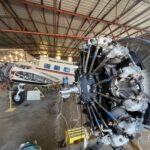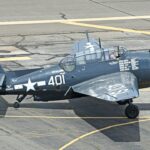The U.S. Air Force, officially established on September 18, 1947, through the National Security Act, is the second youngest branch of the U.S. military, with the U.S. Space Force being created later in 2019. Both branches are part of the Department of the Air Force. The USAF’s origins date back to 1907 when the U.S. Army Signal Corps formed its aeronautical division. Happy Birthday, USAF! This article traces the evolution of the United States Army’s air arm, starting from the establishment of the Aeronautical Division in 1907, through the creation of the Air Service during World War I, and its massive expansion during World War II. The narrative highlights key milestones, including the formation of the 1st Aero Squadron, the influence of aviation on the outcome of WWI, and the reorganization efforts during WWII that eventually led to the creation of the U.S. Air Force in 1947.
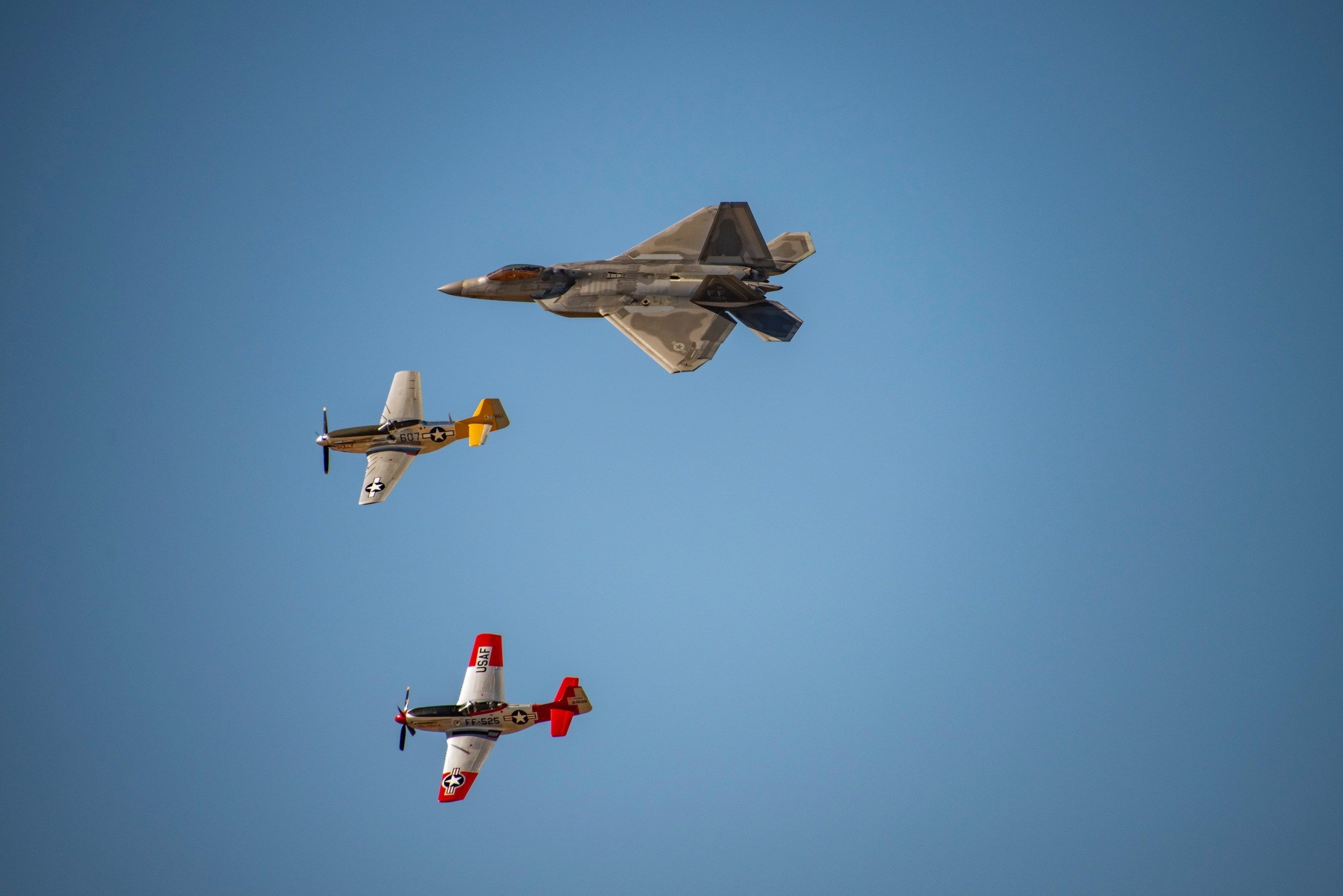
The Origins of U.S. Army Aviation On August 1, 1907, the U.S. Army Signal Corps established its Aeronautical Division, tasked with overseeing military ballooning and air machines. Initial progress was slow, marked by limited resources and experimentation with early dirigibles and aircraft. The Army purchased its first airplane from the Wright brothers in 1909 after extensive testing.
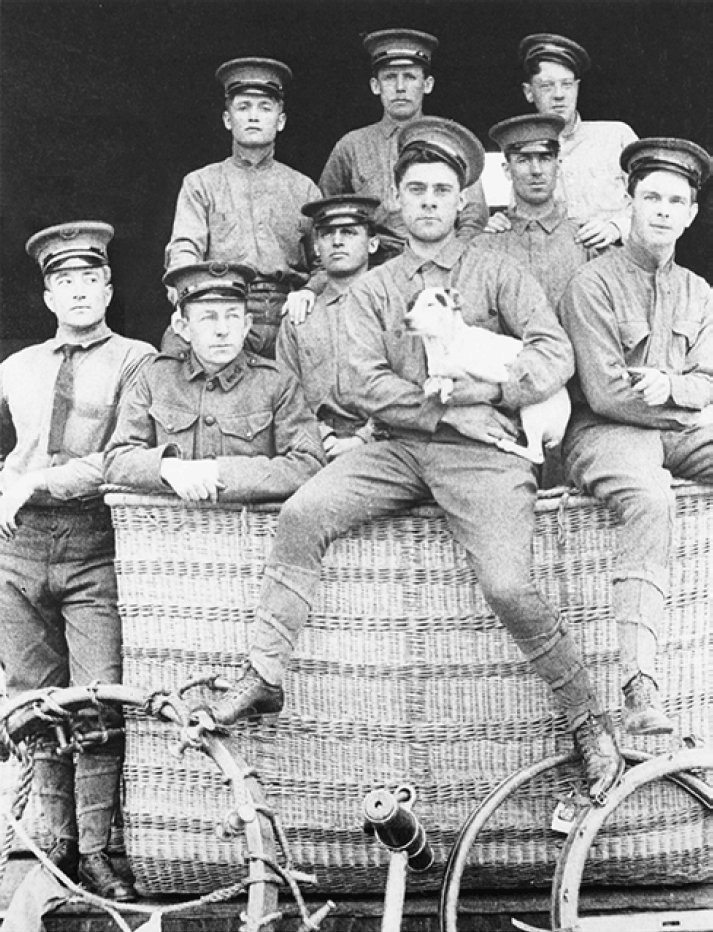
World War I and the Birth of the Air Service The advent of World War I catalyzed U.S. military aviation development. In 1914, Congress established the Aviation Section in the Signal Corps. Although small in size compared to European air forces, American aviation played a vital role in WWI, conducting bombing raids and downing enemy aircraft during the war’s final months.
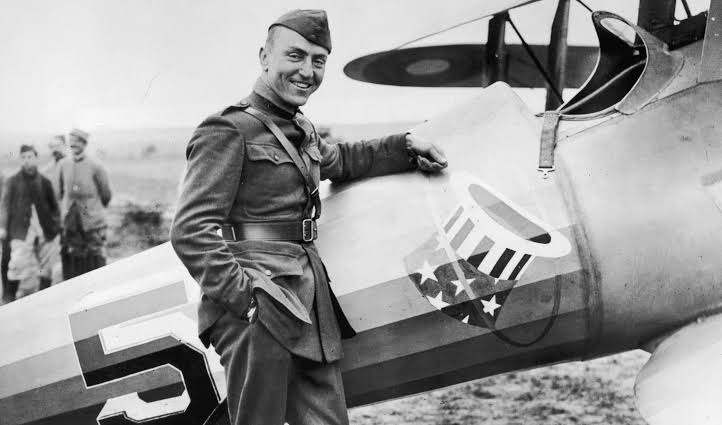
Interwar Growth and WWII Expansion Between the wars, the Air Service evolved into the Air Corps in 1926, marking a significant period of reorganization and technological development. By the time World War II began, the Air Corps had grown into a powerful force. The U.S. Army Air Forces (AAF) emerged in 1941, and its massive expansion saw over 2 million personnel and tens of thousands of aircraft by the war’s end.
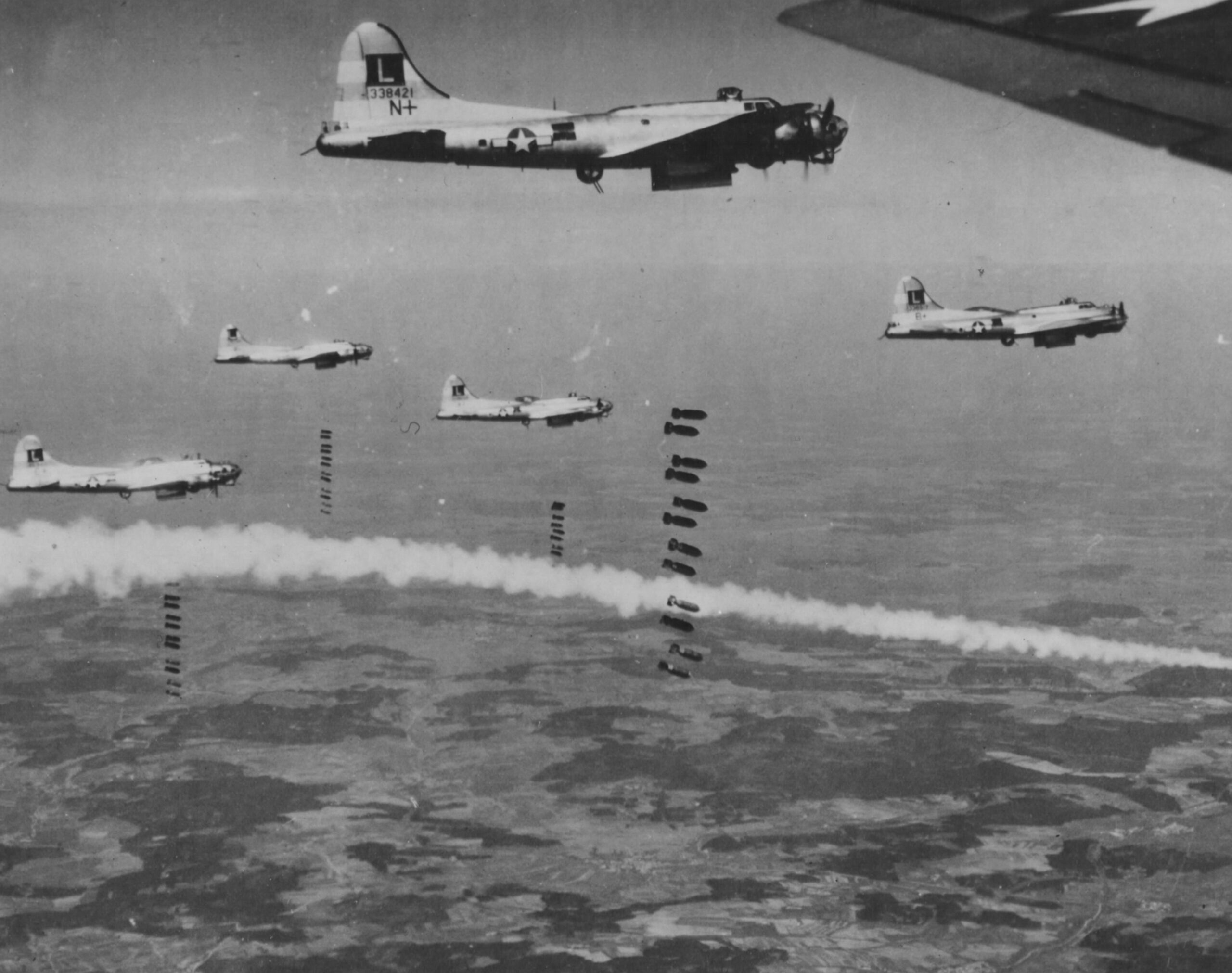
Post-War Demobilization and the Creation of the U.S. Air Force After WWII, rapid demobilization reduced the size of the AAF. However, key organizational changes in 1946, including the establishment of Strategic Air Command and Tactical Air Command, laid the groundwork for an independent Air Force. The National Security Act of 1947 formally established the U.S. Air Force, separating it from the Army.
